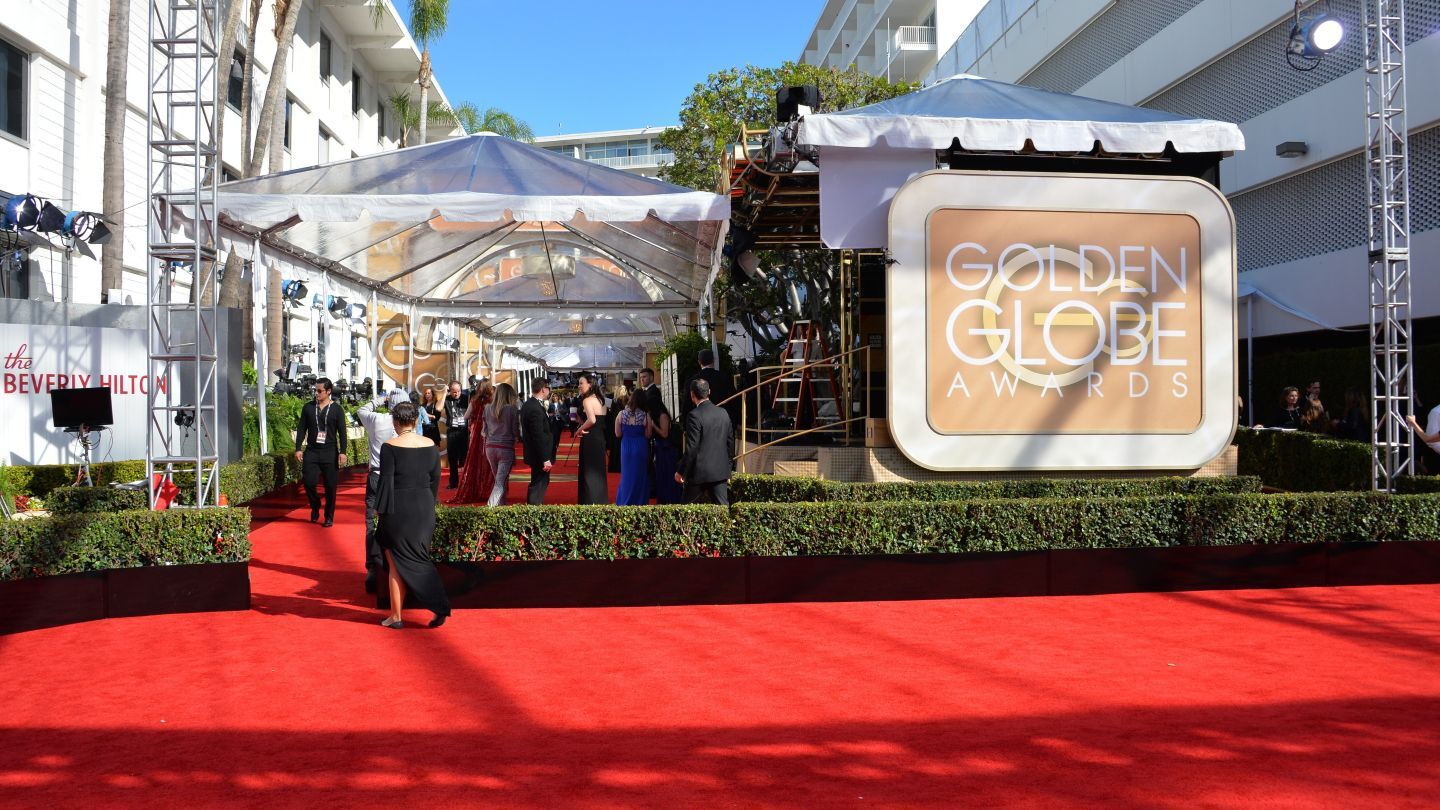Advances in how 3D spaces and objects are captured to create immersive, interactive content are helping redefine how stories are told and experienced. Integrating volumetric capture into mainstream media however requires a new set of skills, blending creative storytelling with advanced technical knowledge.
Unlike traditional video, which is confined to a 2D plane, volumetric video provides the added dimensions of depth and volume, making it possible to interact with digital objects in ways that were previously not possible. Objects such as a coffee cup can be digitally captured in 3D and placed within a virtual environment almost in the same way a practical prop can be placed within an actual set. This technology has many applications for virtual reality (VR), augmented reality (AR), virtual production (VP) and mixed reality (MR).
Several technologies underpin volumetric capture, including photogrammetry, Gaussian splatting, and 4D capture. Photogrammetry involves taking multiple photographs of an object or scene from different angles and stitching them together to create a 3D model. Gaussian splatting, a more recent innovation, creates a point cloud where each point represents a small, textured circle. This method is lightweight and efficient, making it suitable for real-time applications. The cutting-edge 4D capture extends this technology to the 4th dimension of time, making it possible to capture animated content volumetrically, providing enhanced options for animation...
You are not signed in
Only registered users can read the rest of this article.

IBC Accelerators in review: From ideas to prototypes to blueprints for the future
IBC2025’s Accelerator cohort delivered some of the most ambitious demonstrations yet, featuring AI-driven production workflows, a radical rethinking of ultra-low latency streaming, and even live private 5G networks flying in an ultralight aircraft. IBC365 hears from a handful of projects to learn about life after the show.

Particle advice: How real is the Quantum apocalypse?
While Google forges ahead with unlocking the potential of its Willow quantum computing chip, cybersecurity experts warn that further breakthroughs in the field could catch a digital ecosystem built on crypto security off guard. Adrian Pennington reports.

Content Everywhere: A look back at 2025
As the year draws to a close, it seems an opportune time to ask Content Everywhere companies for their views on the top trends in 2025. As always, key industry players have been keen to respond with comments and views on how the past year shaped up both for them and the wider industry.
Broadcast AV design brings Blockchain show to life
Tasked with running two simultaneous live broadcasts from the Blockchain Life trade show in Dubai, Oasis Studio looked to create a flexible, redundant production workflow, offering a timely showcase of broadcast AV systems in action.

Poacher turned gamekeeper: Netflix rules, for now
Netflix raids Hollywood to land a giant of old media, but having offered billions over the odds for ageing IP, would a smarter play have involved the creator economy?




.jpg)
.jpg)